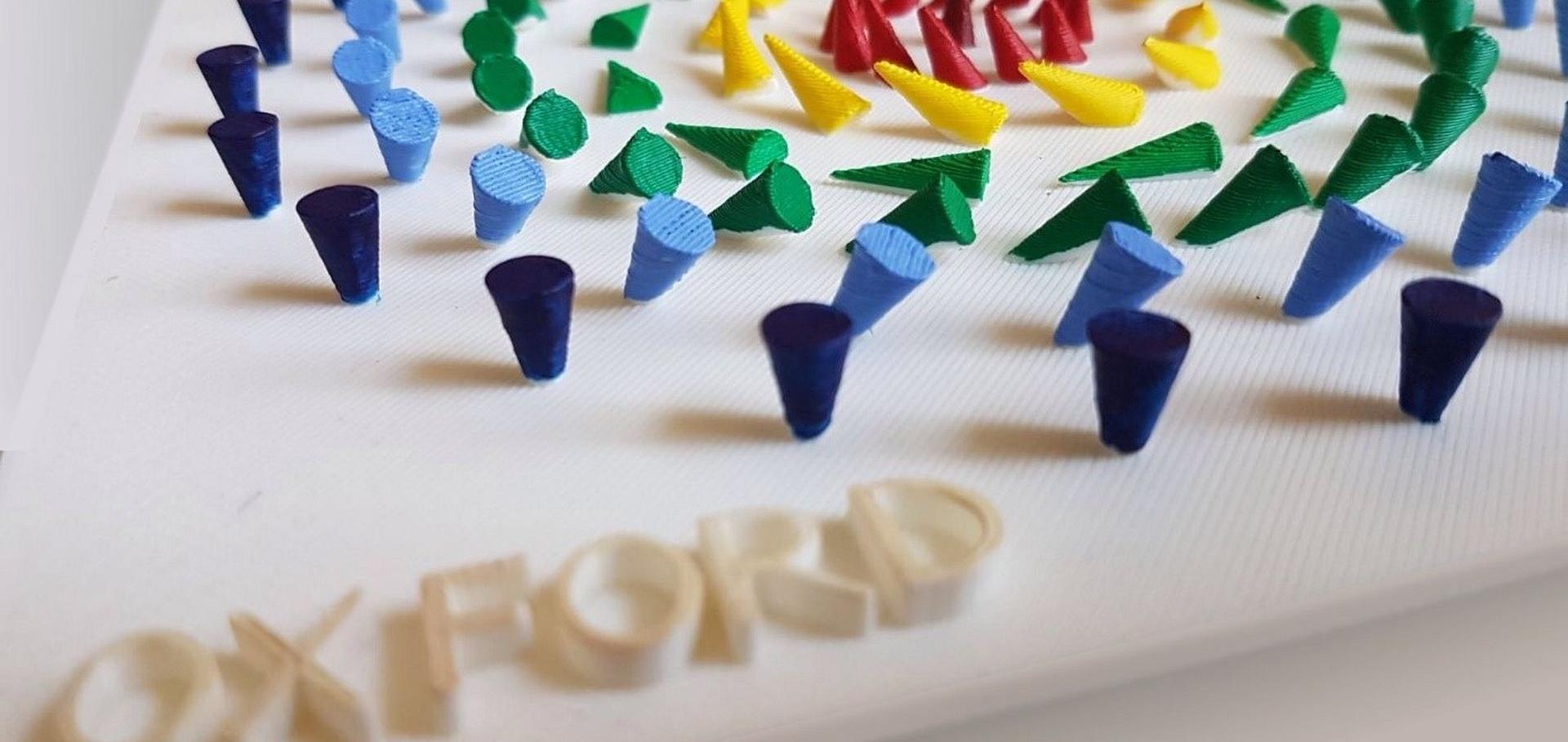Proposal of a micromagnetic standard problem for ferromagnetic resonance simulations
Journal of Magnetism and Magnetic Materials Elsevier 421 (2016) 428-439
Abstract:
Nowadays, micromagnetic simulations are a common tool for studying a wide range of different magnetic phenomena, including the ferromagnetic resonance. A technique for evaluating reliability and validity of different micromagnetic simulation tools is the simulation of proposed standard problems. We propose a new standard problem by providing a detailed specification and analysis of a sufficiently simple problem. By analyzing the magnetization dynamics in a thin permalloy square sample, triggered by a well defined excitation, we obtain the ferromagnetic resonance spectrum and identify the resonance modes via Fourier transform. Simulations are performed using both finite difference and finite element numerical methods, with OOMMF and Nmag simulators, respectively. We report the effects of initial conditions and simulation parameters on the character of the observed resonance modes for this standard problem. We provide detailed instructions and code to assist in using the results for evaluation of new simulator tools, and to help with numerical calculation of ferromagnetic resonance spectra and modes in general.Structural, electronic, and magnetic investigation of magnetic ordering in MBE-grown CrxSb2−xTe3 thin films
Europhysics Letters European Physical Society (2016)
Abstract:
We report the structural, electronic, and magnetic study of Cr-doped Sb2Te3 thin films grown by a two-step deposition process using molecular-beam epitaxy (MBE). The samples were investigated using a variety of complementary techniques, namely, x-ray diffraction (XRD), atomic force microscopy, SQUID magnetometry, magneto-transport, and polarized neutron reflectometry (PNR). It is found that the samples retain good crystalline order up to a doping level of x = 0:42 (in CrxSb2 xTe3), above which degradation of the crystal structure is observed by XRD. Fits to the recorded XRD spectra indicate a general reduction in c-axis lattice parameter as a function of doping, consistent with substitutional doping with an ion of smaller ionic radius. The samples show soft ferromagnetic behavior with the easy axis of magnetization being out-of-plane. The saturation magnetization is dependent on the doping level, and reaches from ~2 μB to almost 3 μB per Cr ion. The transition temperature (Tc) depends strongly on the Cr concentration and is found to increase with doping concentration. For the highest achievable doping level for phase-pure films of x = 0:42, a Tc of 125 K was determined. Electric transport measurements find surface-dominated transport below ~10 K. The magnetic properties extracted from anomalous Hall effect data are in excellent agreement with the magnetometry data. PNR studies indicate a uniform magnetization profile throughout the film, with no indication of enhanced magnetic order towards the sample surface.High resolution STEM study of dy-doped Bi2Te3 thin films
Microscopy and Microanalysis Cambridge University Press 22:S3 (2016) 1516-1517
Abstract:
Breaking the time-reversal symmetry (TRS) in three-dimensional (3D) topological insulators (TIs) is essential for unlocking exotic physical states and exploring potential device application. Doping of the prototypical 3D-TI Bi2Te3 with transition metal ions can lead to ferromagnetic ordering at low temperatures. Here we report the study of incorporation of dysprosium (Dy) into Bi2Te3 with the intent to achieve higher ferromagnetic ordering temperatures and higher magnetic moments.Free-standing millimetre-long Bi2Te3 sub-micron belts catalyzed by TiO2 nanoparticles
Nanoscale Research Letters SpringerOpen 11 (2016) 308


